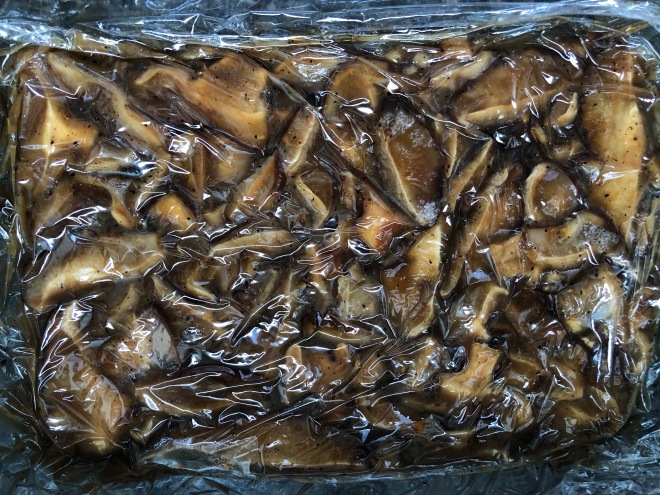 Fats are important! They absorb flavor, can add flavor, distribute heat, provide a mouth feel, and generally add satisfying notes to everything we cook.
Fats are important! They absorb flavor, can add flavor, distribute heat, provide a mouth feel, and generally add satisfying notes to everything we cook.
There are high-heat oils and low-heat oils (smoking points), flavorful oils and neutral. Simply put, the oils you use when cooking, baking, and finishing can make a world of difference in your dish.
The challenges are even greater for vegan cooks, we don’t have meat to add fat or moisture and animal fats are very specific in texture, density, and heat-resistance. Getting a vegan dish “just right” requires some fiddling with fats.
Here are some of the Cooking Oils and Fats I have in my Pantry and how I use them:
Extra Virgin Olive Oil: Probably use this the most and you really must buy the “Extra Virgin” standard. EVOO is a medium-high heat oil. Good for a quick sauté, but anything more and I’ll fortify it with a little Grape Seed Oil (see below). Of course use EVOO in all salad dressings and when finishing pasta salads and when cooking Italian, Greek, or in any Mediterranean style. I like mildly fruity, so Whole Food’s Spanish Olive Oil is my go to. And please don’t cook pancakes with it.
Really Expensive EVOO: I don’t buy this. I will usually have a small bottle on hand that someone gave to me as a gift or I’ll pick one up for an important dish or dinner party. Essentially, if you buy a decent 10 buck EVOO, that’ll do for most finishing needs. These delicate Olive Oils have low-smoking points and will burn easily, so best not used for cooking.
Flavored EVOO: Hard Pass. Flavor your own damn oil!
Grape Seed Oil: My oil for high-heat pan cooking and extended sautés or caramelizing. I also use Grade Seed Oil often to fortify EVOO for things like Tomato Sauces where you’re sautéing first, but want the fruitiness of EVOO carrying the flavor or spice.
Coconut Oils: Remember this…Virgin Coconut Oil tastes like coconut…Refined Coconut Oil does not. Refined coconut oil is a nice high-heat oil, you can use it to fry, but there are cheaper alternatives for that, but if you cook too high with unrefined coconut oil, you’ll start to burn the residual fruit left in and burnt coconut is nasty. In it’s natural semi-solid form it can be used in baking and pastries almost like a butter alternative. I like to use Virgin Coconut oil in cookies and Thai Food dishes.
Toasted Sesame Seed Oil: A must for Asian dishes, but this is a finishing oil, don’t cook with it! The “Toasted” part is very important…adds a nutty nose and flavor. Be careful not to buy just Sesame Seed Oil without the “Toasted.”
Canola Oil: I have a big jug of this under the counter. I fry with this, bake with it, and use it when i need a nice neutral oil in volume. I use canola when cooking my Mexican, Asian and Indian dishes. I feel like it can make a dish oily though and make your lips feel greasy (?!?) so don’t go crazy.
Cooking Sprays: I use these mostly for baking – I have a Canola (neutral) and an Olive Oil Spray (very little flavor).
There are a lot more out there! Avocado Oil is big and trendy and fortunately for everyone everywhere Truffle Oil seems to be crawling back under the rock from whence it came.
I hope this offers a good, simple overview!
Enjoy!





You must be logged in to post a comment.